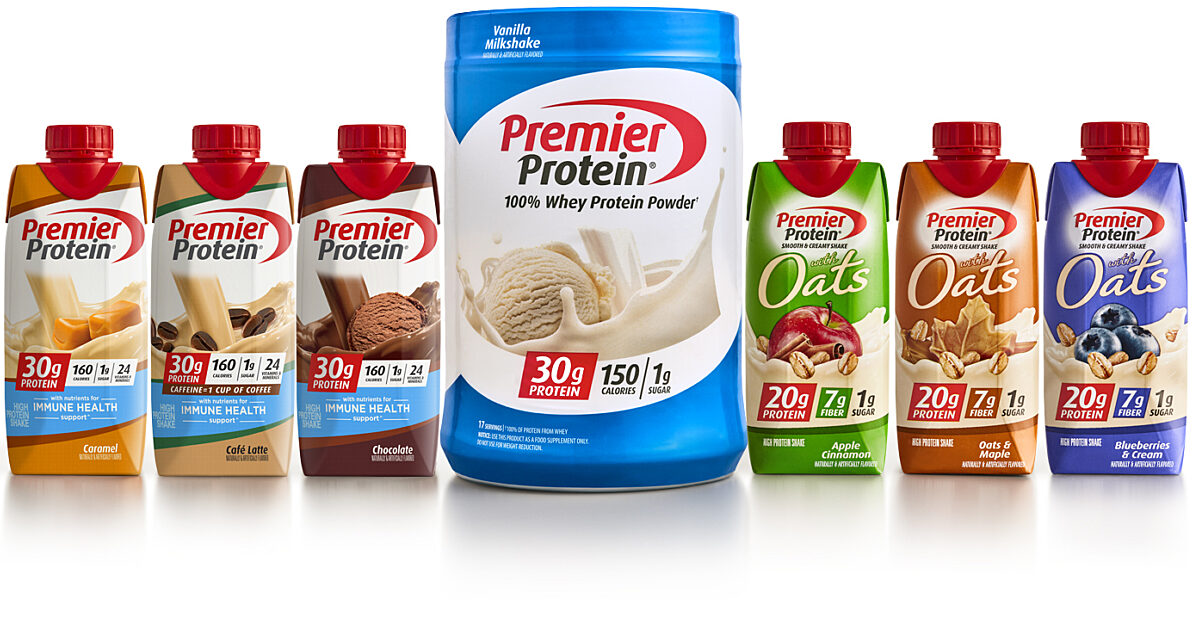When it comes to sunglasses, the market is flooded with options, making it challenging for consumers to discern which pairs offer the best quality. With a myriad of brands, styles, and price points, understanding the key factors that contribute to high-quality sunglasses is essential for making an informed purchase. In this comprehensive guide, we will explore the critical elements that define the best quality sunglasses, helping you protect your eyes while looking stylish.
- Understanding Lens Quality
The lens is arguably the most crucial component of any pair of sunglasses. High-quality lenses not only enhance visual clarity but also provide essential protection against harmful UV rays. Here are the primary factors to consider:
a. UV Protection
The best sunglasses should block 100% of UVA and UVB rays. Look for labels that specify UV400 protection, which indicates that the lenses can filter out wavelengths up to 400 nanometers. This level of protection is vital for preventing long-term eye damage, including cataracts and macular degeneration.
b. Polarization
Polarized lenses reduce glare from reflective surfaces such as water, snow, and roads, making them ideal for outdoor activities. While polarization does not inherently improve UV protection, it enhances visual comfort and clarity. If you spend a lot of time outdoors, investing in polarized sunglasses is a wise choice.
c. Lens Material
The material of the lenses significantly impacts their durability and optical quality. Common materials include:
- Polycarbonate: Lightweight and impact-resistant, polycarbonate lenses are ideal for sports and outdoor activities.
- Glass: Offering superior optical clarity and scratch resistance, glass lenses are often favored for their premium feel but can be heavier and more prone to shattering.
- CR-39: A type of plastic lens that provides good optical quality and is lighter than glass, making it a popular choice for everyday wear.
- Frame Construction and Materials
The frame of your sunglasses plays a vital role in comfort, durability, and style. Here are some key considerations:
a. Material
Frames can be made from various materials, each with its advantages:
- Metal: Often more durable and adjustable, metal frames can provide a sleek look but may be heavier.
- Plastic: Lightweight and available in numerous styles, plastic frames are often more affordable but may lack the durability of metal.
- Nylon: Commonly used in sports sunglasses, nylon frames are flexible and resistant to impact, making them ideal for active lifestyles.
b. Fit and Comfort
A well-fitting pair of sunglasses should sit comfortably on your face without pinching or sliding down your nose. Look for adjustable nose pads and temple tips that can be customized for a better fit. Additionally, consider the weight of the sunglasses; lighter frames tend to be more comfortable for extended wear.
- Style and Functionality
While quality is paramount, style and functionality should not be overlooked. The best sunglasses should complement your face shape and personal style while serving their intended purpose. Here are some popular styles:
- Aviators: Timeless and versatile, aviators suit various face shapes and are ideal for casual and formal settings.
- Wayfarers: Known for their iconic design, wayfarers offer a classic look that works well for most occasions.
- Sport Sunglasses: Designed for active use, these sunglasses often feature wraparound designs for enhanced protection and stability during physical activities.
- Brand Reputation and Warranty
When investing in sunglasses, consider the reputation of the brand. Established brands often have a history of quality and customer satisfaction. Additionally, a good warranty can provide peace of mind, ensuring that you are covered in case of defects or damage.
- Price vs. Quality
While it may be tempting to opt for cheaper sunglasses, remember that quality often comes at a price. High-quality sunglasses may require a larger initial investment, but they typically offer better protection, durability, and comfort. Consider your lifestyle and how often you will use the sunglasses; investing in a quality pair can save you money in the long run by reducing the need for frequent replacements.
Conclusion
Choosing the best quality sunglasses involves more than just picking a trendy pair. By understanding the importance of lens quality, frame construction, style, and brand reputation, you can make an informed decision that prioritizes both eye protection and personal style. Remember, the right pair of sunglasses is not just an accessory; it’s an investment in your eye health and overall well-being. So, the next time you’re in the market for sunglasses, keep these factors in mind to ensure you select a pair that truly stands out in quality.


